Which antique price guides etc would you recommend?
rjinga
14 years ago
Related Stories

ARTLet's Put a Price on Art: Your Guide to Art Costs and Buying
We paint you a picture of what affects an artwork's price — plus a little-known way to take home what you love when it's beyond your budget
Full Story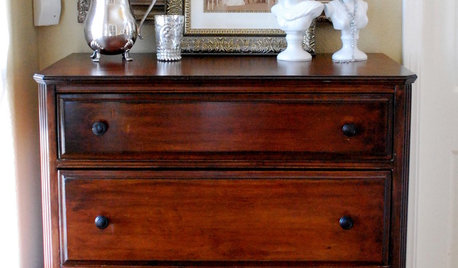
FURNITUREAntiques Shopping? Let Love Guide Your Search
If discovering aged treasures is your passion, you’re not alone. Find a kindred spirit and his buying tips here
Full Story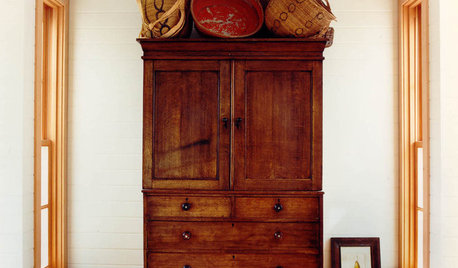
DECORATING GUIDESA Beginner's Mini Guide to Buying Antiques
Experience the thrill of the hunt without ignorance ruining the spoils, with this guide to antiquing for novice buyers
Full Story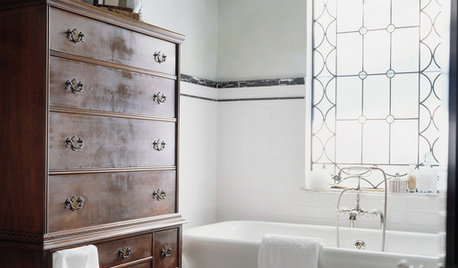
DECORATING GUIDESA Handy Guide to English Antiques
Buying and owning old furniture is more fun and interesting when you know a little history
Full Story
LANDSCAPE DESIGNGarden Overhaul: Which Plants Should Stay, Which Should Go?
Learning how to inventory your plants is the first step in dealing with an overgrown landscape
Full Story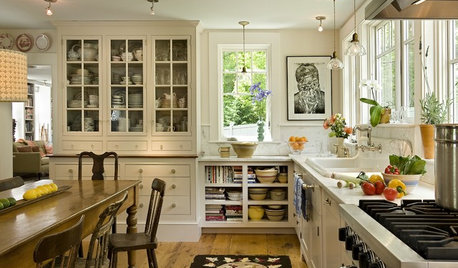
KITCHEN DESIGN12 Great Kitchen Styles — Which One’s for You?
Sometimes you can be surprised by the kitchen style that really calls to you. The proof is in the pictures
Full Story
FURNITUREWhich Dining Table Shape Should You Choose?
Rectangular, oval, round or square: Here are ways to choose your dining table shape (or make the most of the one you already have)
Full Story
MOST POPULARYour Guide to 15 Popular Kitchen Countertop Materials
Get details and costs on top counter materials to help you narrow down the choices for your kitchen
Full Story
KITCHEN DESIGNHouzz Quiz: Which Kitchen Backsplash Material Is Right for You?
With so many options available, see if we can help you narrow down the selection
Full Story
FURNITUREYour Essential Sofa Buying Guide
Here’s what to consider when looking for a quality sofa that will last
Full Story








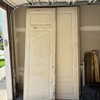

lindac
rjingaOriginal Author
Related Professionals
Mansfield Furniture & Accessories · Jacksonville Painters · Lawrenceville Painters · Overland Park Painters · Collierville Painters · East Norriton Painters · Madison Heights Painters · Matteson Painters · Newport Beach Painters · Pearland Painters · Towson Painters · Shady Hills Painters · Dumont Furniture & Accessories · Memphis Professional Organizers · Trenton Professional Organizerssunnyca_gw
lindac
Fori
Ideefixe
lindac
harebelle